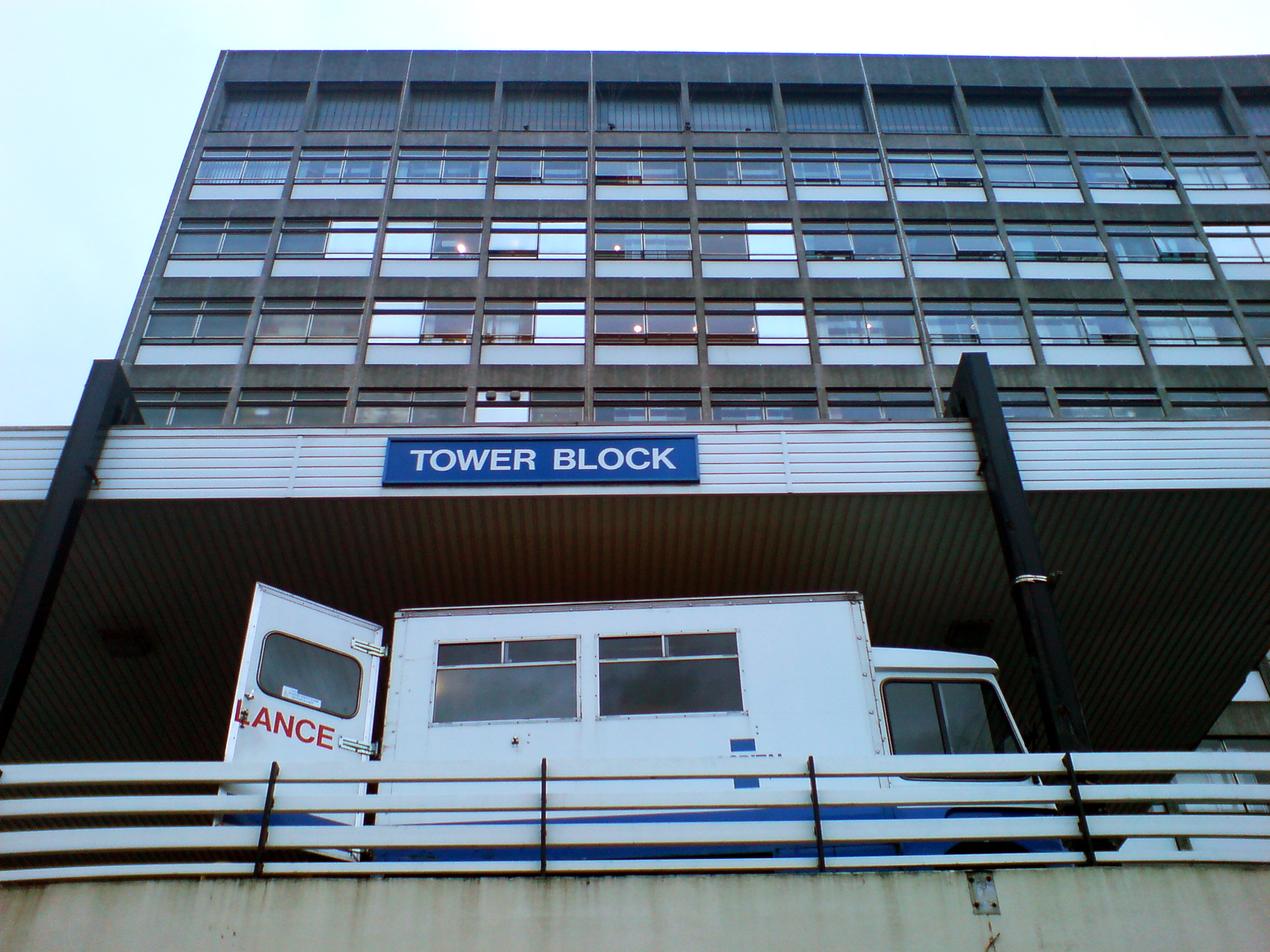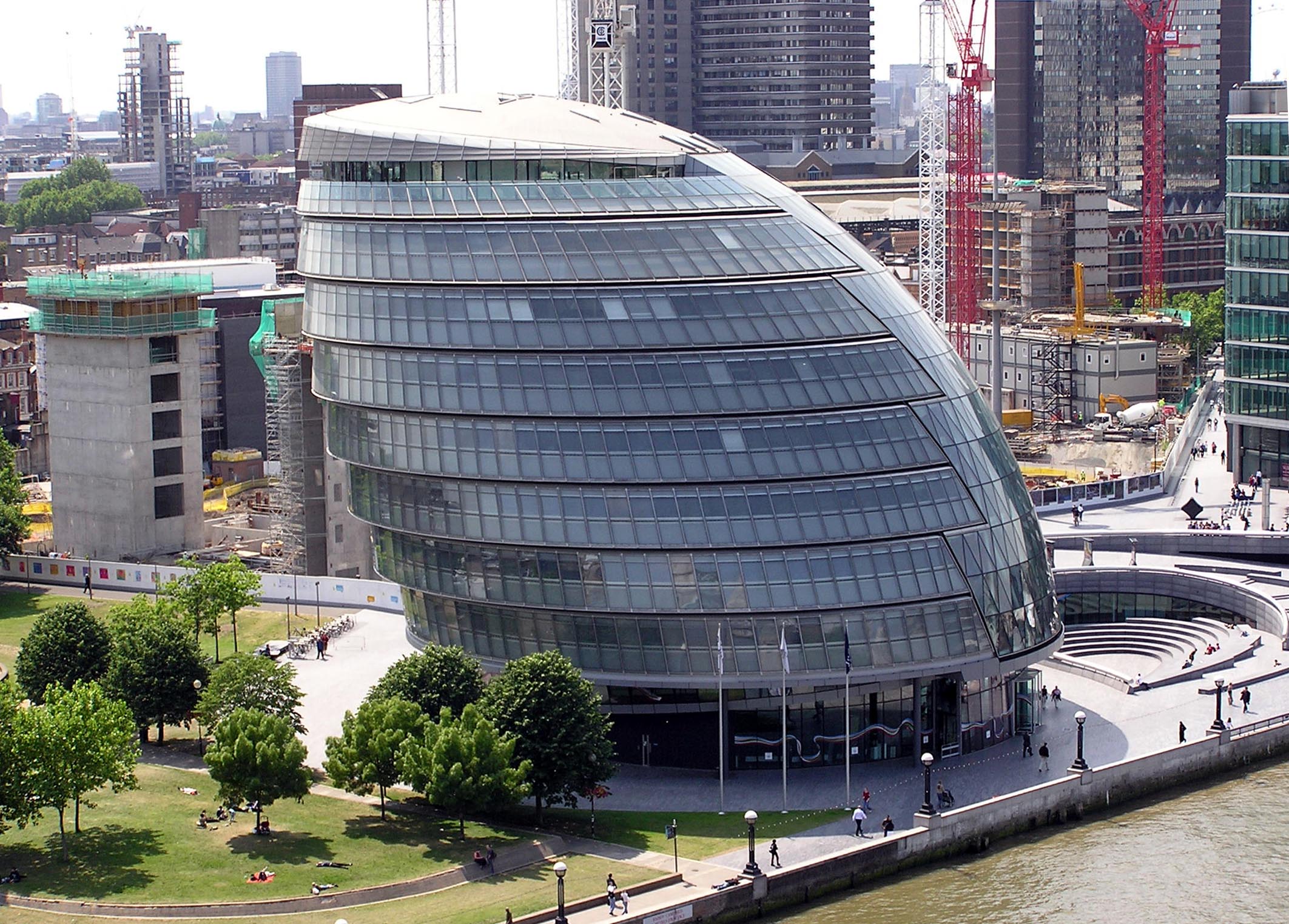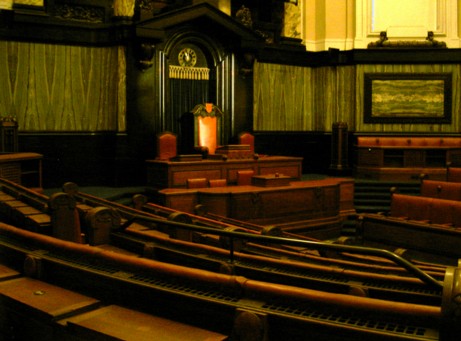|
Haringey Borough Council
Haringey London Borough Council, also known as Haringey Council, is the local authority for the London Borough of Haringey in Greater London, England. It is a London borough council, one of 32 in London. The council has been under Labour majority control since 1971. The council is usually based at Haringey Civic Centre in Wood Green, although the building has been closed since 2020 pending refurbishment. History The London Borough of Haringey and its council were created under the London Government Act 1963, with the first election held in 1964. For its first year the council acted as a shadow authority alongside the area's three outgoing authorities, being the borough councils of Hornsey, Tottenham and Wood Green. The new council formally came into its powers on 1 April 1965, at which point the old boroughs and their councils were abolished. The council's full legal name is "The Mayor and Burgesses of the London Borough of Haringey". From 1965 until 1986 the council was a lo ... [...More Info...] [...Related Items...] OR: [Wikipedia] [Google] [Baidu] |
Coat Of Arms Of The London Borough Of Haringey
The coat of arms of the London Borough of Haringey was granted on 10 May 1965, after the mergers of the former Municipal Borough of Hornsey, the Municipal Borough of Wood Green and the Municipal Borough of Tottenham. Unlike most other London boroughs, it was decided not to create arms based on the charges in the coats of arms of the former boroughs. The coat of arms are coloured black and gold, representing stability. The only charges on the escutcheon are eight lightning rays issuing from the centre of the shield. The rays are intended to "symbolise action reaching out to the boundaries of the borough", but also represent the electromagnetic rays from the mast of the Alexandra Palace television station at Alexandra Palace, one of the landmarks in the Borough of Haringey, from where the world's first regular high-definition television transmissions were broadcast in 1936. The crest, depicted on a helm above the shield, consists of a cogwheel for industry and a rising sun for the ... [...More Info...] [...Related Items...] OR: [Wikipedia] [Google] [Baidu] |
1964 Haringey London Borough Council Election
The 1964 Haringey Council election took place on 7 May 1964 to elect members of Haringey London Borough Council in London, England. The whole council was up for election and the Labour party gained control of the council. Background These elections were the first to the newly formed borough. Previously elections had taken place in the Municipal Borough of Hornsey, Municipal Borough of Tottenham and Municipal Borough of Wood Green. These boroughs were joined to form the new London Borough of Haringey by the London Government Act 1963. A total of 158 candidates stood in the election for the 60 seats being contested across 20 wards. These included a full slate from the Conservative and Labour parties, while the Liberals stood 18 candidates. Other candidates included 20 from the Communist party. There were 14 three-seat wards, 3 four-seat wards and 3 two-seat wards. This election had aldermen as well as directly elected councillors. Labour got all 10 aldermen. The Council wa ... [...More Info...] [...Related Items...] OR: [Wikipedia] [Google] [Baidu] |
Killing Of Peter Connelly
Peter Connelly (also known as "Baby P", "Child A", and "Baby Peter", 1 March 2006 – 3 August 2007) was a 17-month-old British boy who was killed in London in 2007 after suffering more than fifty injuries over an eight-month period, during which he was repeatedly seen by the London Borough of Haringey Children's services and National Health Service (NHS) health professionals. Baby P's real first name was revealed as "Peter" on the conclusion of a subsequent trial of Peter's mother's boyfriend on a charge of raping a two-year-old. His full identity was revealed when his killers were named after the expiry of a court anonymity order on 10 August 2009. The case caused shock and concern among the public and in Parliament, partly because of the magnitude of Peter's injuries, and partly because Peter had lived in the London Borough of Haringey, North London, under the same child welfare authorities that failed seven years earlier in the murder of Victoria Climbié, which had been ... [...More Info...] [...Related Items...] OR: [Wikipedia] [Google] [Baidu] |
Murder Of Victoria Climbié
Victoria Adjo Climbié (2 November 1991 – 25 February 2000) was an eight-year-old Ivorian girl who was tortured and murdered by her great-aunt and her great-aunt's boyfriend. Her death led to a public inquiry, and produced major changes in child protection policies in the United Kingdom. Born in Abobo, Côte d'Ivoire, Victoria Climbié left the country with her great-aunt Marie-Thérèse Kouao, a French citizen who later abused her, for an education in France where they travelled, before arriving in London, England, in April 1999. It is not known exactly when Kouao started abusing Victoria, although it is suspected to have escalated to torture when Kouao and Victoria met and moved in with Carl Manning, who became Kouao's boyfriend. Victoria would be forced to sleep bound in a black bin-liner filled with her own excrement in an unheated bathroom. They burned her with cigarettes and scalded her with hot water, starved her, tied her up for periods longer than 24 hours, and ... [...More Info...] [...Related Items...] OR: [Wikipedia] [Google] [Baidu] |
Routledge
Routledge ( ) is a British multinational corporation, multinational publisher. It was founded in 1836 by George Routledge, and specialises in providing academic books, academic journals, journals and online resources in the fields of the humanities, behavioral science, behavioural science, education, law, and social science. The company publishes approximately 1,800 journals and 5,000 new books each year and their backlist encompasses over 140,000 titles. Routledge is claimed to be the largest global academic publisher within humanities and social sciences. In 1998, Routledge became a subdivision and Imprint (trade name), imprint of its former rival, Taylor & Francis, Taylor & Francis Group (T&F), as a result of a £90-million acquisition deal from Cinven, a venture capital group which had purchased it two years previously for £25 million. Following the merger of Informa and T&F in 2004, Routledge became a publishing unit and major imprint within the Informa "academic publishing ... [...More Info...] [...Related Items...] OR: [Wikipedia] [Google] [Baidu] |
Local Government In England
Local government in England broadly consists of three layers: civil parishes, local authorities, and regional authorities. Every part of England is governed by at least one local authority, but parish councils and regional authorities do not exist everywhere. In addition, there are 31 Police and crime commissioner, police and crime commissioners, four Police, fire and crime commissioner, police, fire and crime commissioners, and ten National park authority, national park authorities with local government responsibilities. Local government is not standardised across the country, with the last comprehensive reform taking place Local Government Act 1972, in 1974. Civil parish, Civil parishes are the lowest tier of local government, and primarily exist in rural and smaller urban areas. The responsibilities of parish councils are limited and generally consist of providing and maintaining public spaces and facilities. Local authorities cover the entirety of England, and are responsi ... [...More Info...] [...Related Items...] OR: [Wikipedia] [Google] [Baidu] |
Greater London Authority
The Greater London Authority (GLA), colloquially known by the Metonymy, metonym City Hall, is the Devolution in the United Kingdom, devolved Regions of England, regional governance body of Greater London, England. It consists of two political branches: an executive Mayor of London, Mayor (currently Sadiq Khan) and the 25-member London Assembly, which serves as a means of separation of powers, checks and balances on the Mayor. The authority was established in 2000, following a 1998 Greater London Authority referendum, local referendum, and derives most of its powers from the Greater London Authority Act 1999 and the Greater London Authority Act 2007. It is a strategic regional authority, with powers over transport, policing, economic development, and fire and emergency planning. Three functional bodies —Transport for London, the Mayor's Office for Policing and Crime, and the London Fire Commissioner— are responsible for delivery of services in these areas. The planning poli ... [...More Info...] [...Related Items...] OR: [Wikipedia] [Google] [Baidu] |
Local Education Authority
Local education authorities (LEAs) were defined in England and Wales as the local councils responsible for education within their jurisdictions. The term was introduced by the Education Act 1902, which transferred education powers from school boards to existing local councils. There have been periodic changes to the types of councils defined as local education authorities. Initially, they were the councils of counties and county boroughs. From 1974 the local education authorities were the county councils in non-metropolitan areas and the district councils in metropolitan areas. In Greater London, the ''ad hoc'' Inner London Education Authority existed from 1965 to 1990. Outer London borough councils have been LEAs since 1965 and inner London borough councils since 1990. Unitary authorities created since 1995 have all been LEAs. The functions of LEAs have varied over time as council responsibilities for local education have changed. On 1 April 2009, their powers were transferred ... [...More Info...] [...Related Items...] OR: [Wikipedia] [Google] [Baidu] |
Outer London
Outer London is the group of London boroughs that form a ring around Inner London. Together, the inner and outer boroughs form London, the capital city of the United Kingdom. The population at the 2021 Census was 5,395,500, which means over 60% of the population of Greater London lives in Outer London. History Outer London consists of areas that were not part of the County of London and became formally part of London when Greater London was created 1965. An exception is North Woolwich, which was in the County of London but was transferred to Newham in 1965. London Government Act 1963 The twenty Outer London boroughs were defined by the London Government Act 1963. The main difference between Inner and Outer London boroughs between 1965 and 1990 was that the outer boroughs were local education authorities. The statutory Outer London boroughs are: ONS definition (statistics) The Office for National Statistics and the decennial UK Census use a different definition of Outer Lon ... [...More Info...] [...Related Items...] OR: [Wikipedia] [Google] [Baidu] |
Greater London Council
The Greater London Council (GLC) was the top-tier local government administrative body for Greater London from 1965 to 1986. It replaced the earlier London County Council (LCC) which had covered a much smaller area. The GLC was dissolved in 1986 by the Local Government Act 1985 and its powers were devolved to the London boroughs and other entities. A new administrative body, known as the Greater London Authority (GLA), was established in 2000. Background In 1957 a Royal Commission on Local Government in Greater London had been set up under Edwin Herbert, Baron Tangley, Sir Edwin Herbert to consider the local government arrangements in the London area. It reported in 1960, recommending the creation of 52 new London boroughs as the basis for local government. It further recommended that the LCC be replaced by a weaker strategic authority, with responsibility for public transport, road schemes, housing development and regeneration. The Greater London Group, a research centre of ac ... [...More Info...] [...Related Items...] OR: [Wikipedia] [Google] [Baidu] |
Royal Historical Society
The Royal Historical Society (RHS), founded in 1868, is a learned society of the United Kingdom which advances scholarly studies of history. Origins The society was founded and received its royal charter in 1868. Until 1872 it was known as the Historical Society. In 1897, it merged with (or absorbed) the Camden Society, founded in 1838. In its origins, and for many years afterwards, the society was effectively a gentlemen's club. However, in the middle and later twentieth century the RHS took on a more active role in representing the discipline and profession of history. Current activities The society exists to promote historical research in the United Kingdom and worldwide, representing historians of all kinds. Its activities primarily concern advocacy and policy research, training, publishing, grants and research support, especially for early career historians, and awards and professional recognition. It provides a varied programme of lectures and one-day and two-day confere ... [...More Info...] [...Related Items...] OR: [Wikipedia] [Google] [Baidu] |
Municipal Borough Of Wood Green
Wood Green was a local government district in south east Middlesex from 1888 to 1965. History Until 1888, Wood Green was part of Tottenham, and was included in the district of the Municipal Borough of Tottenham, Tottenham Local Board in 1850. Pressure from residents of the area led to the passing of the ''Tottenham Local Board (Division of District) Act 1888'', constituting a separate local board for the area. In 1894, under the local Government Act 1894, local Government Act of that year, Wood Green became an Urban district (Great Britain and Ireland), urban district. In 1933 it was incorporated as a municipal borough. It was part of the London postal district and Metropolitan Police District. A coat of arms was granted to the borough on incorporation. The shield featured yew trees and was supported by medieval archers, recalling that Wood Green had once been an area where archery was practised. A silver and blue stripe across the centre of the shield depicted the New River (Lo ... [...More Info...] [...Related Items...] OR: [Wikipedia] [Google] [Baidu] |




